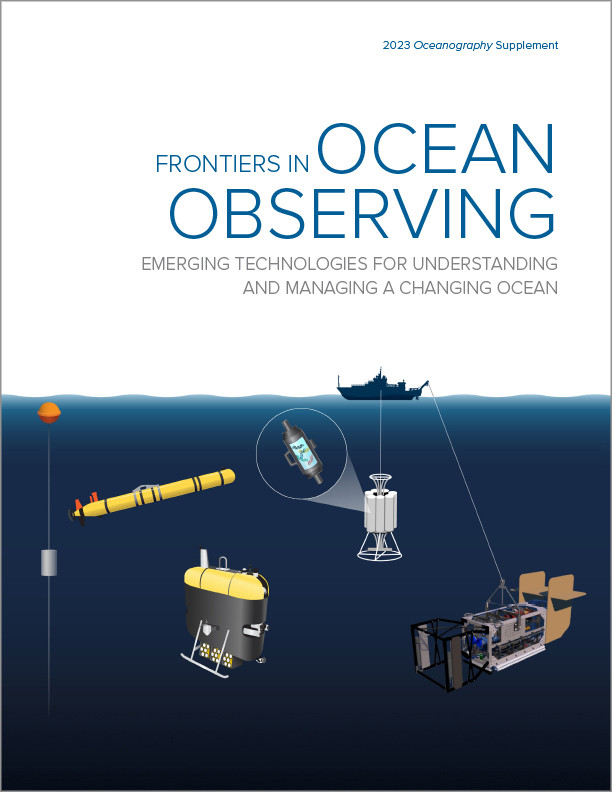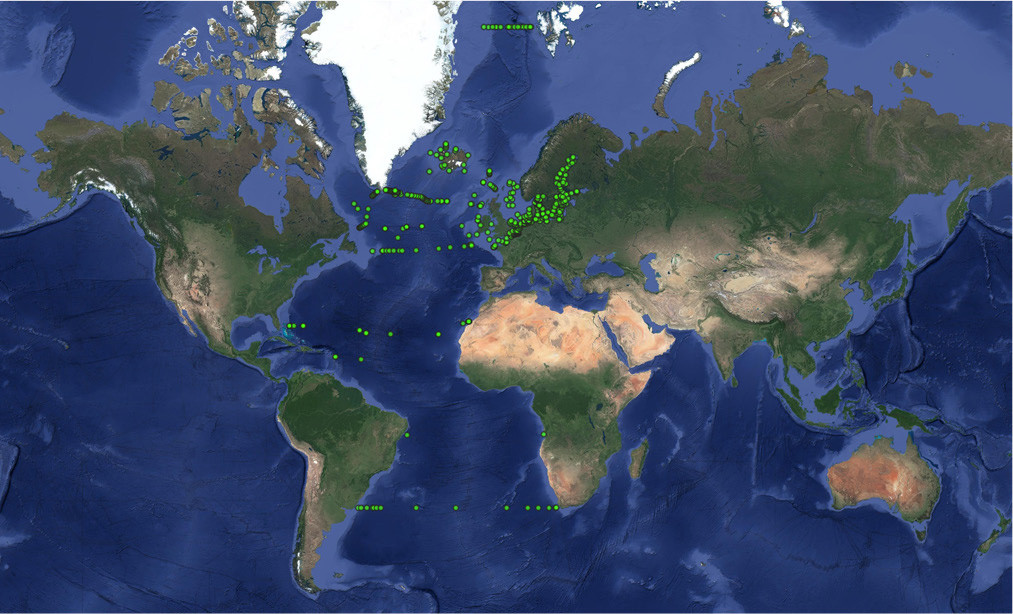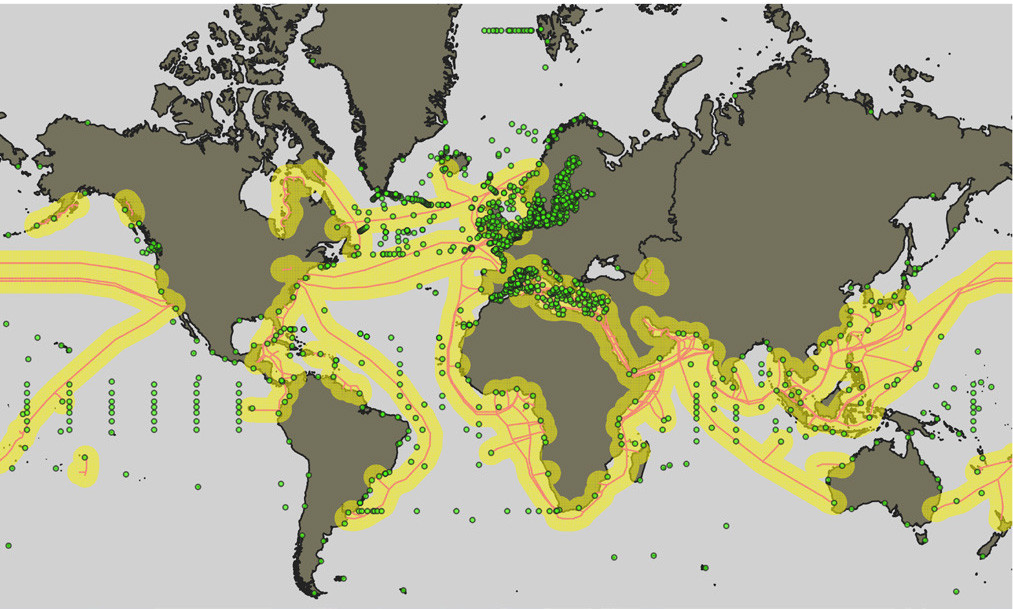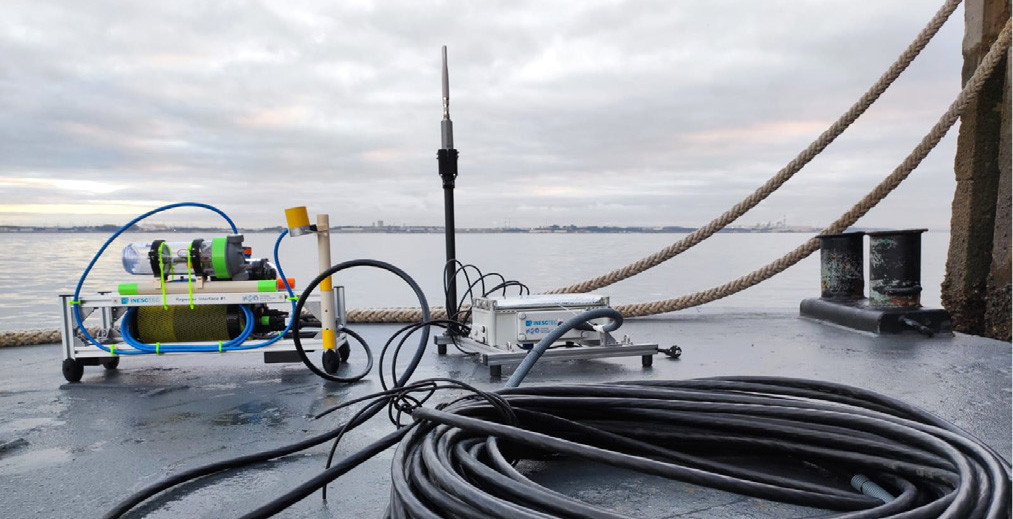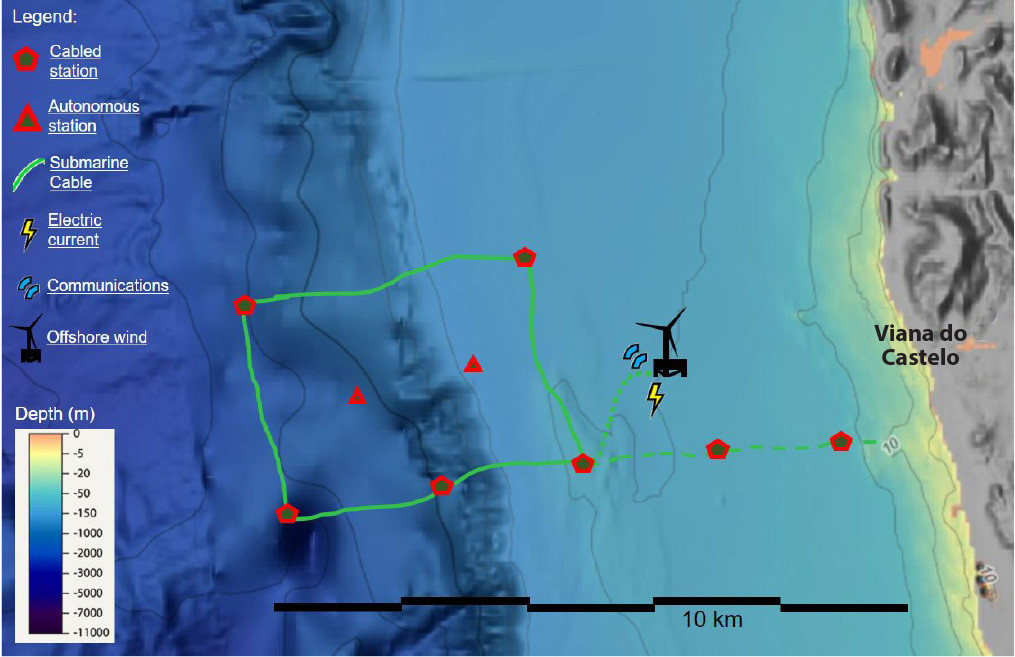Full Text
The ocean is vast, complex, and increasingly threatened by human activities. There is an urgent need to find complementary ways to gather information and promote the comprehensive understanding and management of the ocean. The global network of subsea cables provides an opportunity to support a holistic ocean observation system. Data gathered from this system can be employed to anticipate and provide warning about hazardous events. Large-scale and widespread ocean monitoring may also enable the oversight and tracing of global phenomena that have local impacts.
The Knowledge and Data from the Deep to Space (K2D) project aims to develop the critical components that will enable the large-scale coupling of autonomous underwater vehicles (AUVs) and subsea cables for global ocean environmental monitoring and multi-hazard warning. Funded by the Fundação para a Ciência e Tecnologia/Massachusetts Institute of Technology Portugal Program and involving teams from Portugal and the United States, the project started in 2021 with a global budget of 1.4 M€ and an estimated duration of three years. Sustained ocean observation systems are scarce, especially those that focus on or near the seafloor (Figure 1). The combination of subsea cables and marine robotics is promising not only because it allows access to remote locations and provides an extensive network (deep sea, open ocean; Figure 2), but also because it combines a large set of capabilities in a highly resource-efficient way, unmatched by any other ocean observation approach. These assets may initiate the first global ocean “nervous system” in the near future.
|
|
|
|
SMART CABLES
Over the past two decades, several pioneering research teams in Japan, Canada, the United States, China, and Europe, among others (see Howe et al., 2022, and references therein), have demonstrated the use of Science Monitoring And Reliable Telecommunications (SMART) cables to collect Earth and ocean information. These fiber-optic telecommunications cables, which combine power and high bandwidth, have been used to support permanent cabled observatories that integrate a variety of sensors and show great potential for supporting multi-hazard warning systems. SMART cables could contribute in a major way to monitoring Essential Ocean Variables (EOVs) globally, including seafloor pressure and temperature, pH, sea surface height, and biological variables and many others. The greatest challenge to widespread implementation of SMART cables is perhaps the funding model, as well as the perceived added value, which is yet to be fully recognized.
INTEGRATION WITH AUVs
AUVs and subsea cables perfectly complement one another to provide monitoring infrastructure. Cable nodes, in addition to hosting sensors that provide sustained measurements of EOVs at fixed locations, they may serve as beacons for AUV co-registration and give vehicles access to power and data. AUVs can serve as mobile sensor platforms as well as data and energy mules that connect the cabled nodes with distant autonomous stations. Additionally, interoperable cables may serve as open ocean highways, allowing increased AUV mobility.
In the K2D project, the AUVs integrate four fundamental components (Martins et al., 2022): multi-range navigation, communications, wireless power transfer, and payload capability. For communications, long-range acoustic, short-range high-speed acoustic, and very short ultra-high-speed optical devices are implemented. The long-range acoustic sensors use low frequencies and high-power acoustic sources for distances up to 25 km, guaranteeing connection with an AUV as it travels between nodes at the seafloor. The short-range (up to 200 m) high-speed acoustic sensors use frequencies up to 1 MHz, allowing data exchange and AUV control in real time. The very short ultra-high-speed optical communication system is used for ranges up to 10 m for docking and for intensive data exchange.
Project Development
The project includes lab testing of components and pilot deployment of a system that replicates, at a smaller scale, the functions and critical parts needed for a large, oceanic-scale system. Lab testing was mostly focused on the development of a modular multifunctional node, called N2ODE, that establishes the connection between the telecommunications cable and the system of environmental sensors, the external AUVs, and the charging docking station. N2ODE also includes essential devices to support localization and communications with the AUVs.
Currently, the project’s focus is on the deployment of an in situ pilot that includes four N2ODEs installed in a 2 km-long cable at depths between 100 m and 1,000 m. Figure 3 shows the prototype recently deployed in the Portuguese Navy’s Technological Free Zone near the Troia peninsula south of Lisbon and aimed at testing the essential set of N2ODE components. Previous measurements identified sounds of marine mammals and other organisms as well as human activities; these will be combined with environmental DNA-based information and deep learning models to better understand the ocean soundscape. Other sound sources will also be included in the study, such as those generated by underwater landslides and seismic activity, along with variables such as temperature, conductivity, pressure, and currents, to derive key indicators useful for monitoring ocean health and multi-hazard warnings.
|
|
After successful validation of N2ODE, the final pilot test is planned for the coastal area off Viana do Castelo, Portugal (Figure 4). In addition to geological and ecological richness, the area hosts abundant and diverse marine fauna and flora, including large soniferous species such as whales and dolphins. Anthropogenic pressure in the area includes intense fishing and shipping traffic as well as offshore renewable energy (wind farms) and port activity. Uses of N2ODE related to hazard warning include avoiding clashes between large mammals and vessels or floating platforms, a need exhibited by the increasing frequency of aggressive encounters. Storm surges and assessment of their impacts on human-made structures in the ocean are also targeted. Tracing of the migratory behaviors of soniferous species such as whales will also be used as global ocean health and warning indicators (Tieppo et al., 2022). The integration of data and modeling will contribute to the building of a digital twin of the area. All results will be updated at the K2D project websites, http://www.k2d.pt/ and http://mseas.mit.edu/Research/K2D/.
|
|

